This article originally appeared on Medium, as part of the Open Music Initiative.
What if you could remove the barricade between the fan and the artist?
What if there were more creative ways to support your favourite artists, even when on a tight budget?
And what if there was a way to experience what it is like to be a part of something bigger than the music itself?
The current fan/artist dynamic is old. It’s boring, and quite frankly, it’s often uni-directional and leaves fans feeling subservient.
But what if we could change this?
At WAVELENGTH, we don’t differentiate between fans and artists.
We see them as equally important contributors who come together to create and enhance the experience of both parties.
Through Wavelength, a band registry marketplace, users get to play an integral part of artists’ careers and gain access to exclusive experiences that money won’t buy.
Fans, especially superfans, WANT to support their favorite artists more than they already do, but often don’t know how, are too inconvenienced to do so, or are afraid it won’t go directly to the artist. And to many artists, their fans are nothing but a number: a sold ticket, a purchased CD, a stream worth a fraction of a penny.
At Wavelength, fans can interact with their favourite artists to design artwork, shoot photos and run lights, while artists can collaborate with fans and gain support for their music.
Let’s take a look at the two key players: fans (or users) and artists
USERS
Users can upload a profile and check out the opportunities that fit his his/her skill set. When a user find a project that needs what she can offer, she can see what the artist incentives are and decide whether or not she would like to pursue the opportunity. The other added benefit as a user is increased recognition and exposure for her part in helping shape the artist’s career.
ARTISTS
On the flip sides, artists can check out user profiles (that showcase resumes and sample works) and choose to collaborate with their fans on upcoming projects.
THE DATA
Wavelength collects its users’ listening habits to organize projects and cater to each specific user’s interests. Additionally, songwriters’ credit data can be used to lead users to projects they may not know.
Take Eric, a videographer who loves NSYNC. Although NSYNC no longer exists, Wavelength can track Eric’s data and personal user preferences to recommend other artists Max Martin has worked with.
WHAT’S NEXT?
Currently, Wavelength is great for DIY/midlevel bands, but what about the big guys? Or, what about implementing a functionality aspect for all entertainment industries? Or (maybe) even sports fans?
After all, these people are insane.
But then again, maybe we are too.




